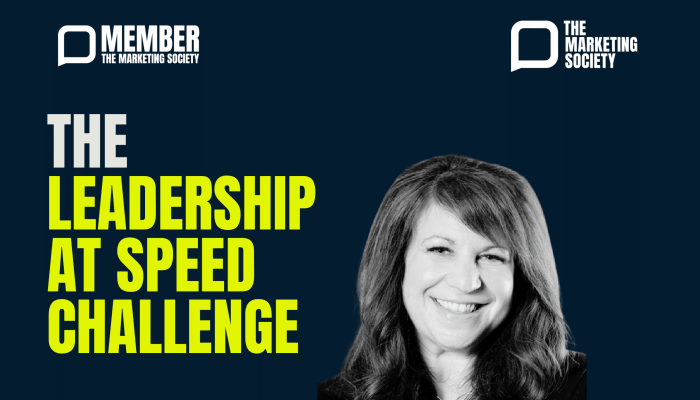A contrarian friend of mine was fond of saying there are two types of people in the world - those who divide the world into two types of people and those who don’t. Irritating to some and intellectually reductive to others, we all categorise to some extent to make sense of things. Market segmentation is, after all, a core practice in marketing.
The philosopher, Isaiah Berlin, divided the world of philosophers and thinkers into two categories: hedgehogs and foxes. Hedgehogs were those who saw the world through the lens of one big idea: he included Plato, Proust and Nietzsche in this category. Foxes, on the other hand draw on many sources, knowing a little about a lot of things. For Berlin, Hedgehogs have the virtue of coherence and consistency while foxes, who include Shakespeare, Balzac and James Joyce have the virtues of range and creativity although sometimes contradictory and illogical.
Hedgehog thinking is centripetal, fox thinking is centrifugal.
Although Berlin doesn’t explicitly name a preference, I felt he slightly leaned towards hedgehogs. I myself, am inclined toward foxes.
The answer to my title question is, of course, that marketing and marketers are a splendid mixture of both, along with a fair sprinkling of what I would pretentiously call transactional pragmatism, e.g. people who see marketing as little more than BOGOFs and shelf visibility.
Very few lines of work which call themselves ‘professions’ are filled with such a wide-ranging, often chaotic mix of skills, talents and temperaments. And that is unquestionably its appeal to the economist (behavioural or traditional), the statistician, the salesman, the anthropologist, the creative writer and designer, and of course the whole new collection of digitally based skills that invent new names for themselves daily.
The relationship of this line of thought to Market Leader is evidenced by the evolution of this journal. In 1999, Mike Detsiny, the then CEO of The Marketing Society, set out to publish a serious ‘intellectual’ journal with the intent of signalling that the Society represented sound, theoretical and strategic marketing thinking.
As I researched what could be called the competitive field, I realised that no such journal existed in the world. There were general business journals: Harvard Business Review, Strategy +Business and McKinsey Quarterly were the gold standard. There were consumer market research journals, specialist communications journals covering Advertising and Public Relations, highly academic peer reviewed journals, topical day to day magazines such as Marketing and Marketing Week - plus a widely varied selection of parish pump magazines, concerned mainly with the and activities of the membership of whatever l sector organisation was involved. But nothing that could be classified as a Strategic Marketing Journal for Marketing Practitioners. Just a Venn diagram of overlapping individual disciplines with nothing in the centre. How odd. But what a wonderful challenge as there is clearly material for such a forum; and an audience to read it.
To be absolutely accurate, our first efforts tended to be too ambitious, too wide, with HBR in mind and didn’t focus sufficiently single-mindedly on marketing strategy. We also had a very austere front cover, deliberately designed to look serious. But it soon become evident that not only was the range of subject too broad, but the cover was too formal and academic looking.
Given that all human life feeds into marketing somewhere, this meant that articles, providing they are well written, preferably evidenced based with a strong (and preferably provocative) central argument could cover a wide range of subjects and still be relevant.
The German military strategist, Von Bismarck famously described politics as ‘the art of the possible.’ As a description of marketing there are few better. I suppose if I regret anything in the range of subjects over the years is that there were not quite enough pieces written by more different creative people although the regular pieces by Jeremy Bullmore and Rory Sutherland have more than filled any gap with the rare combination of wit and profundity. (Personally, I would like cartoons as well - but better to have none than lame ones. Cartooning is a rare talent.)
Although the dominant paradigm of marketing – fast moving consumer goods – is less influential now, its lasting lessons can still inform the current constantly changing increasingly complex and fragmented scene. Brands are made up of many more often ingenious aspects and the way consumers buy is constantly changing. And it is tempting to become side tracked by the latest fashion and miss the point of branding. I think of brands as ‘mosaics of meaning’ and the search for and reinforcement of meaning is central to marketing. If I have any concerns about the future practice of marketing it is that in the fascination with the tsunami of big data pouring out information about delivery systems, communication vehicles and outlets, the flesh and blood consumer gets replaced by some kind of digitised avatar. In this highly numerical environment, the understanding of motive and meaning, best and most inspiringly expressed in small qualitative research is in danger of being lost. I hope not.
Judie Lannon is the founding editor of Market Leader.



